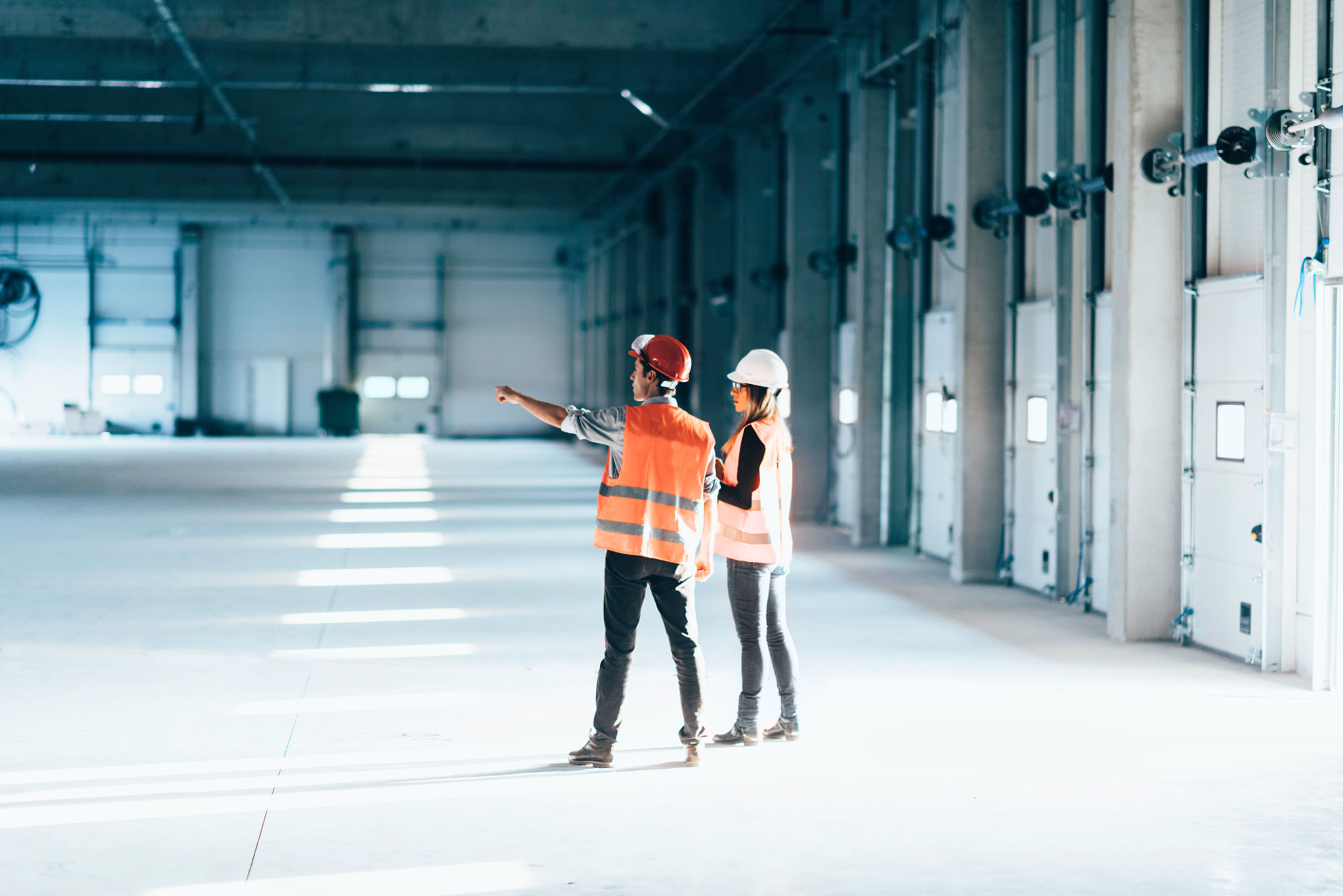Understanding Malaysia’s Building Maintenance Regulations: A Comprehensive Guide
Introduction to Malaysia’s Building Maintenance Regulations
Malaysia has a comprehensive set of building maintenance regulations designed to ensure the safety and integrity of its infrastructure. These regulations are crucial for property owners, facility managers, and tenants who need to understand their responsibilities regarding building upkeep. In this guide, we'll delve into the essentials of these regulations and their implications.

The Importance of Building Maintenance Regulations
Building maintenance regulations are not just a legal formality but a critical aspect of urban planning and management. They help in preventing structural failures, ensuring safety, and prolonging the lifespan of buildings. Adhering to these regulations can significantly reduce the risk of accidents and enhance the overall quality of life for residents.
Key Objectives of the Regulations
The primary objectives of Malaysia’s building maintenance regulations include:
- Ensuring structural safety and integrity
- Maintaining health and hygiene standards
- Facilitating efficient energy use
- Promoting environmental sustainability
Main Components of the Regulations
Understanding the key components of the building maintenance regulations is essential for compliance. These components cover various aspects such as structural integrity, fire safety, electrical systems, and sanitation. Each aspect plays a vital role in maintaining the functionality and safety of a building.

Structural Integrity
The regulations mandate regular inspections and maintenance of the building's structure. This includes checking for cracks, water damage, and any signs of wear that could compromise the building's integrity. Routine assessments help in identifying potential issues before they become serious problems.
Fire Safety Compliance
Fire safety is a critical component of Malaysia’s building maintenance regulations. Buildings must be equipped with functional fire alarms, extinguishers, and emergency exits. Regular fire drills and equipment checks are necessary to ensure preparedness in case of an emergency.

Legal Responsibilities and Compliance
Property owners and managers must be aware of their legal responsibilities under these regulations. Failure to comply can result in penalties, legal action, or even closure of the premises. It's vital to stay updated with any changes in legislation to avoid potential violations.
Ensuring Continuous Compliance
To ensure continuous compliance, property managers should establish a routine maintenance schedule and document all inspections and repairs. Engaging professional services for periodic audits can also help in maintaining compliance with the latest standards.
Conclusion: Embracing Best Practices
By understanding and adhering to Malaysia’s building maintenance regulations, property stakeholders can ensure safer and more efficient buildings. It is not just about compliance but embracing best practices that contribute to sustainable development and enhanced living conditions for all occupants.

